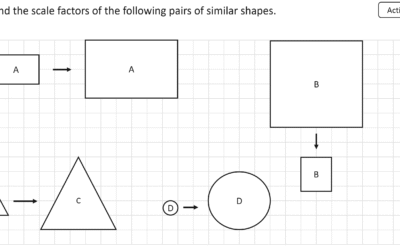Ever started a lesson and felt like students were staring at you blankly, even if the topic wasn’t brand new? That’s because their brains hadn’t “activated” the right connections. Linking to Prior Knowledge is the secret sauce: it creates mental hooks for new information, making learning more efficient and memorable.
The Gist: Build on What’s Already There
This strategy is all about kicking off lessons by consciously pulling up what students already know. It transforms fresh material into an extension of existing understanding rather than a start from zero. Think of it like adding a new room to a house – you connect it to the existing structure, rather than building a standalone shed.
The Breakdown: Schemas and Scaffolding
It’s rooted in schema theory and constructivism, the idea that learning isn’t passive absorption but active building. Students construct new knowledge on existing mental frameworks (schemas).
- Activating existing schemas makes room for new information, like opening a file on your computer before saving new data.
- It builds on Piaget’s ideas of assimilation, where new information is integrated into existing mental structures.
- New research, like a 2024 study, highlights how content knowledge acts as a foundational anchor for learning new literacy skills.
The Evidence: Learning Faster, Deeper
The research consistently shows the power of connecting to what students already know.
- A 2024 study in Learning and Instruction involving 1,200 primary students found that activating prior knowledge in reading led to 28% faster comprehension, simply by using recall prompts.
- In a 2023 UK trial with 800 secondary history students, explicitly tying historical events to personal experiences improved essay quality by 22%.
- A 2024 paper by Kalyuga and Plass even suggests that activating prior knowledge helps students perceive lower intrinsic cognitive load, making new learning feel easier.
The Catch: The Misconception Minefield
The biggest pitfall? If students’ prior knowledge contains errors or misconceptions, and these aren’t addressed, they can actually block new learning. A 2022 review highlighted that effects can drop significantly if misconceptions go uncorrected. Also, simply saying “Remember when…” isn’t enough; students need to actively retrieve and apply.
Putting It to Work: Simple Strategies
Integrate this into your daily routine to make abstract stuff familiar:
- Kick off with recall prompts: Before fractions, ask, “How have you used halves in daily life, like sharing food or splitting a bill?” A 2023 Dutch math study found this helped students grasp concepts 25% quicker.
- Use “Know-Want to Know-Learned” (K-W-L) charts: Have students brainstorm what they know and want to know about a topic before diving in.
- Leverage multimodal cues: For younger learners, use gestures or physical actions (e.g., stacking blocks to represent adding quantities) to connect new vocabulary or concepts to their existing understanding of the world.
The Bottom Line: Don’t start from scratch; build from what they already have.
Your Turn: Before your next lesson, brainstorm 2-3 quick questions or activities that will activate relevant knowledge students already possess.









0 Comments